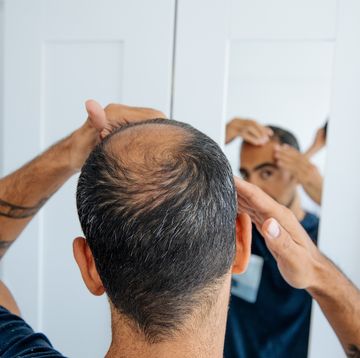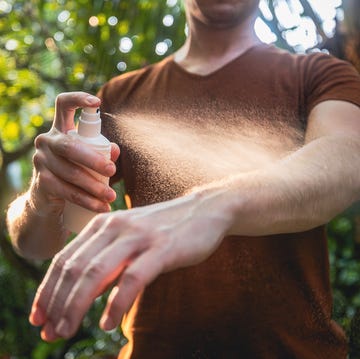Don’t blame your bloodshot eyes on a late night of boozing—the calendar might be the culprit instead. Dry eye cases spike in the spring, finds a new study from the University of Miami.
After analyzing 3.4 million eye doctor visits over a 5-year period, researchers found that the number of dry eye diagnoses spiked during the winter and the spring.
Then, the scientists pulled allergy data from cities across the U.S., and discovered that pollen counts surged just as the spring swell in dry eye cases occurred.
Previously, experts believed allergies and dry eye—which causes burning, discomfort, itching, and blurred vision—were completely separate problems. But the researchers believe these findings show that dry eye may have an allergic component, even in people who don’t suffer from the traditional sneeze-heavy symptoms.
(Related: 7 Reasons Your Eyes Are Blurry)
It’s not exactly clear how allergens may contribute to dry eye. One theory is that pollen can cause inflammation on the surface of your eye, which can affect the nerves involved in tear production, says study author Anat Galor, M.D., M.P.H.
If tear production is reduced, it can become more difficult for your eyes to stay lubricated, which leads to the uncomfortable, gritty feeling.
The findings suggest that some people who suffer from the condition may be helped by conventional allergy treatments, like antihistamines. So if first-line treatments like rewetting drops don’t cut it, ask your doctor for your next options. (These are the Best Medicines for Allergies.)
At your appointment, be sure to let your doc know if your eyes feel more itchy than painful, or if they start bothering you more in the spring. These are both clues the cause may be more allergic, says Dr. Galor.













